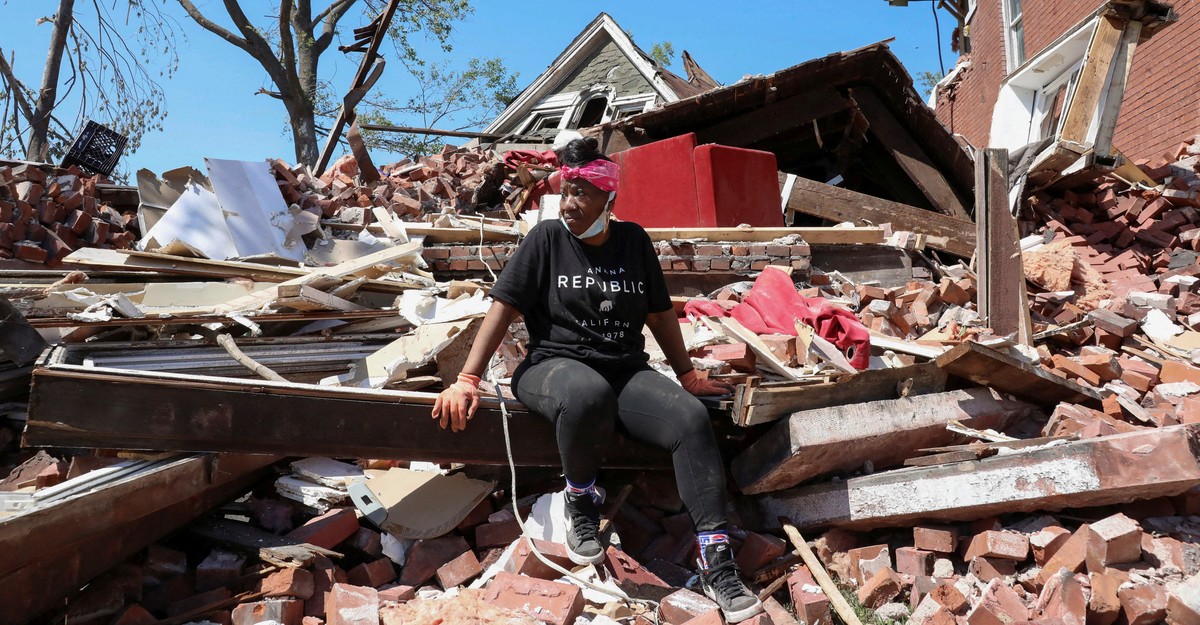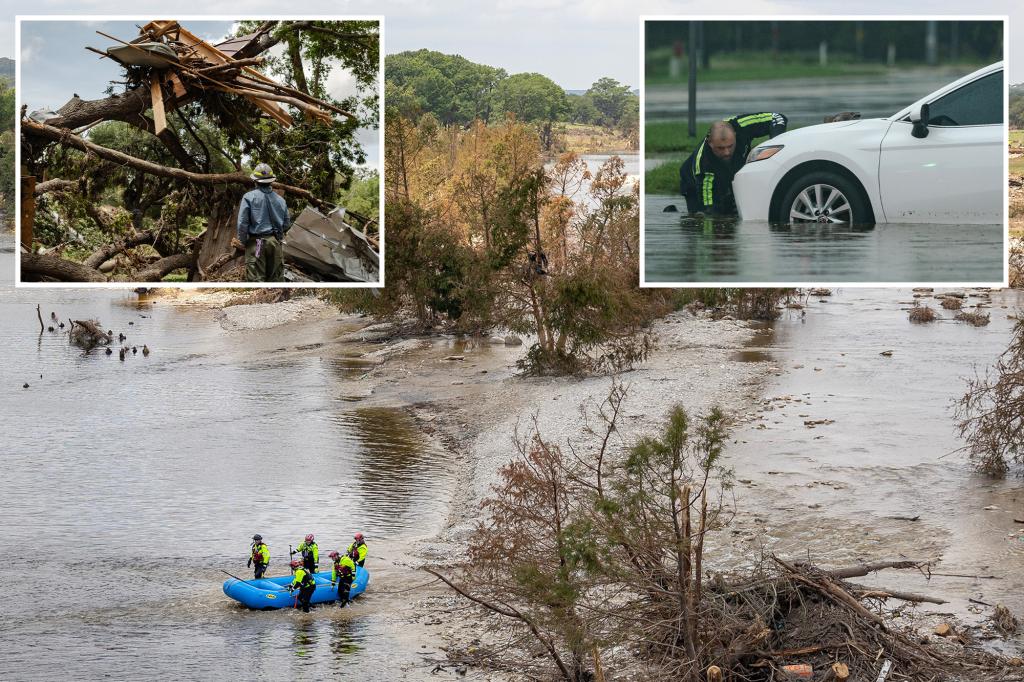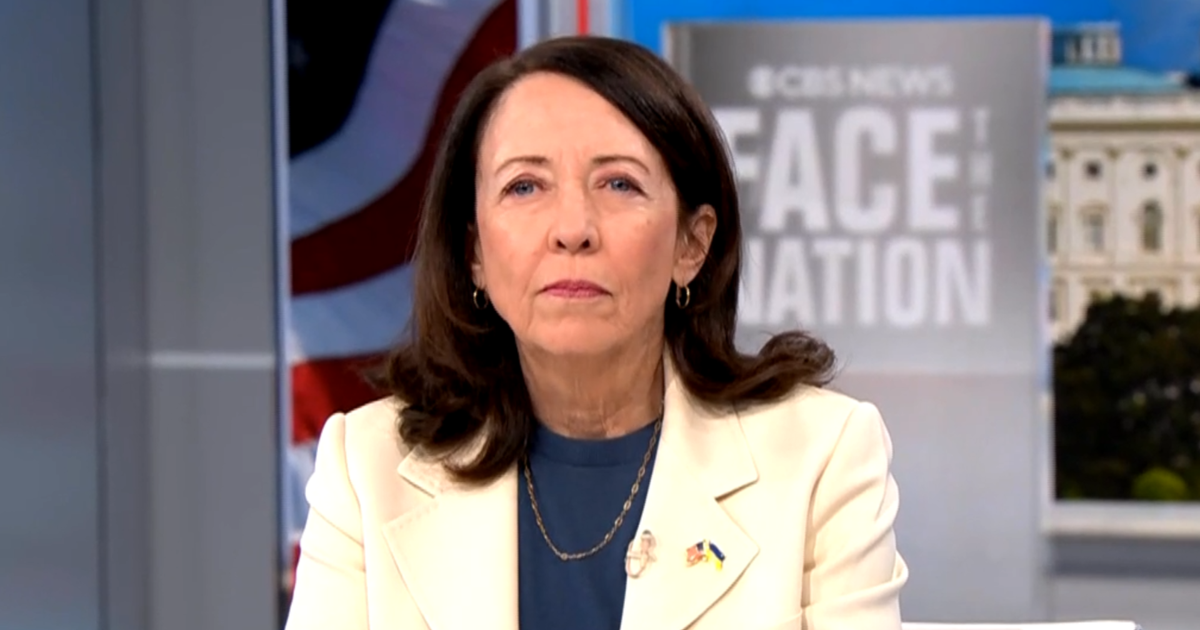Unraveling the Tornado Warning: A Call to Action for Preparedness
In recent weeks, a surge in tornado activity across the Midwest and Southern United States has left communities reeling, underscoring the critical need for enhanced disaster preparedness. Meteorologists report that these destructive storms have caused significant damage in Oklahoma, Iowa, and Nebraska, with experts warning that climate change may increase their frequency and intensity. Local authorities urge residents to adopt proactive measures, emphasizing that early warning systems and community education could save lives.
The Rising Threat of Tornadoes in a Changing Climate
According to the National Oceanic and Atmospheric Administration (NOAA), the U.S. has experienced over 1,200 tornadoes in 2024 alone—a 15% increase compared to the same period last year. Dr. Laura Simmons, a climatologist at the University of Oklahoma, explains, “Warmer temperatures and shifting weather patterns create ideal conditions for severe thunderstorms, which often spawn tornadoes. This trend is likely to continue, making preparedness non-negotiable.”
Key statistics highlight the urgency:
- Economic Impact: Tornadoes have caused an estimated $3 billion in damages this year.
- Human Toll: Over 200 fatalities and 1,500 injuries reported nationwide.
- Geographic Spread: Traditionally low-risk areas, like the Northeast, are now experiencing tornado activity.
Why Many Communities Remain Vulnerable
Despite advances in forecasting technology, gaps in public awareness and infrastructure persist. A 2024 FEMA survey revealed that only 40% of households in tornado-prone regions have an emergency plan. “Many people still rely on outdated myths, like seeking shelter under highway overpasses,” says Mark Reynolds, director of the National Tornado Preparedness Initiative. “Education is our strongest tool.”
Common challenges include:
- Warning Fatigue: Frequent false alarms lead to complacency.
- Mobile Home Vulnerability: 60% of tornado-related deaths occur in manufactured housing.
- Urban Sprawl: Expanding cities face higher risks due to denser populations.
Innovations in Tornado Prediction and Response
New technologies aim to bridge these gaps. The National Weather Service (NWS) now uses high-resolution radar and AI-driven models to extend warning times from 13 to 18 minutes on average. Meanwhile, community-led initiatives, like siren-equipped drones, are being tested in Kansas. “Every second counts,” notes Reynolds. “These tools empower people to act decisively.”
Success stories demonstrate progress:
- Alabama’s SAF-T Program: A statewide shelter initiative reduced tornado fatalities by 30% since 2022.
- Oklahoma’s School Drills: Mandatory monthly tornado drills protect 500,000 students annually.
How Individuals and Communities Can Prepare
Experts recommend a multi-layered approach to tornado readiness:
- Create a Plan: Identify safe rooms and evacuation routes.
- Build a Kit: Stock water, non-perishable food, and first-aid supplies.
- Stay Informed: Use weather apps with real-time alerts.
Local governments also play a pivotal role. “Investing in storm shelters and public education saves lives,” says Simmons. “Preparedness isn’t optional—it’s a civic responsibility.”
The Path Forward: Policy and Community Action
Legislative efforts, like the proposed Tornado Resilience Act, aim to fund early-warning infrastructure and retrofit public buildings. Meanwhile, nonprofits are partnering with tech companies to develop affordable home sensors. “Collaboration is key,” Reynolds emphasizes. “We must act now to mitigate future disasters.”
As tornado seasons grow longer and more unpredictable, the message is clear: preparedness starts today. Readers are urged to visit Ready.gov/tornadoes for life-saving resources and to advocate for local preparedness programs. The time to act is before the next siren sounds.
See more Your Daily Weather



